Brown Commons
About Coleman Barr Brown and Irene Brown
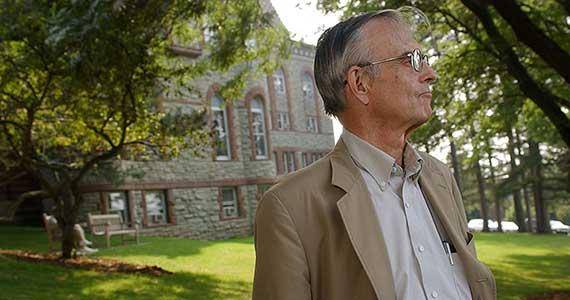
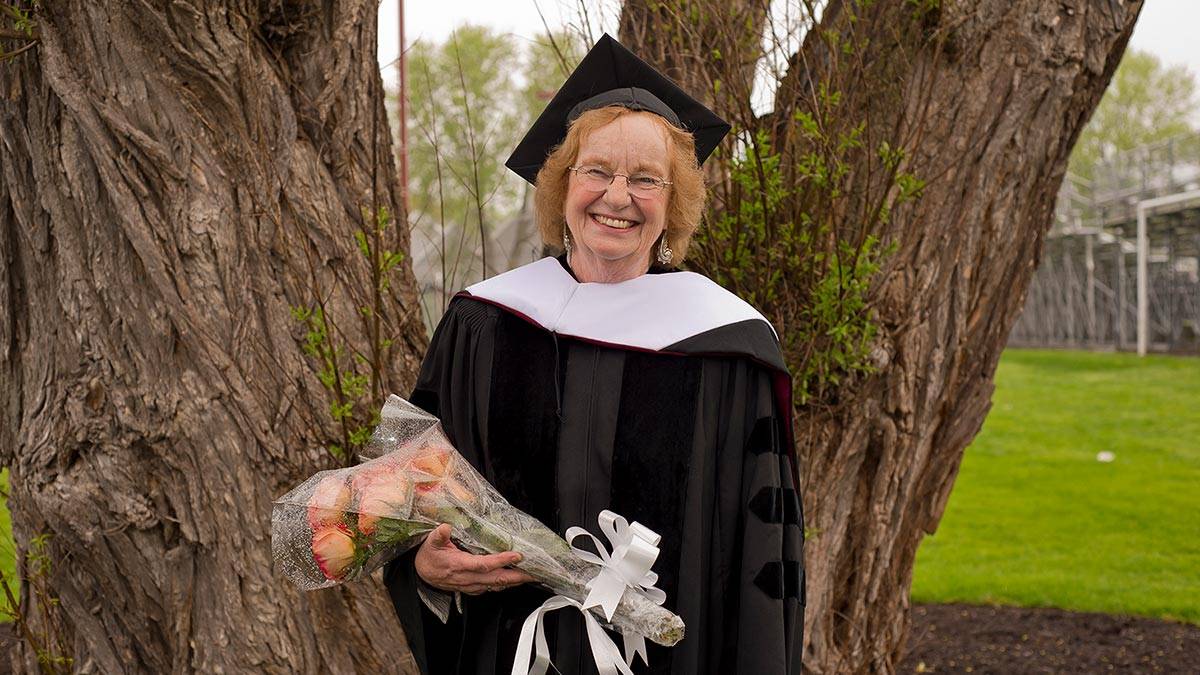
Brown Commons is named in memory of Professor and Chaplain Coleman Barr Brown. Brown joined the Colgate faculty in 1970 as a philosophy and religion instructor. During his tenure, he received the following awards:
- Phi Eta Sigma teaching award
- The Colgate Alumni Distinguished Teaching Award
- The Colgate prize for inspirational teaching
In addition to teaching, Brown served as university chaplain from 1974 to 1989 and at points as dean of students, chair of the diversity committee, and chair of the department of religion and philosophy. Prior to his tenure at Colgate, Brown was involved in civil rights campaigns and a movement protesting the Vietnam War.
Irene Brown, a longtime community advocate, is the founder of both the Community Action Partnership of Madison County and the Lifelong Learning Program, a collaboration between Colgate and the Hamilton community. For her service, the University awarded her an honorary doctorate in 2011.
To honor the legacy of the Browns, friends and former students also established the Irene and Coleman Brown Endowed Scholarship Fund in 2013.
Read a moving tribute to Brown's teaching by a former student at Truthdig.
The Brown Commons Crest
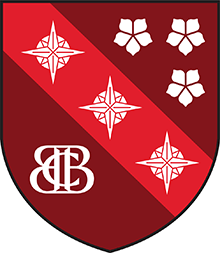
With their heart-like shape, a symbol of love and modesty, common blue violets signify both Coleman Brown’s home state of Illinois and his personal sensibilities. Compasses, symbols of his moral guidance and teaching philosophy, sit across the center of the crest, which is anchored by his monogram, built around the formation of an “I” for his wife, Irene.
Ciccone Commons
About Diane Ciccone ’74, P’10
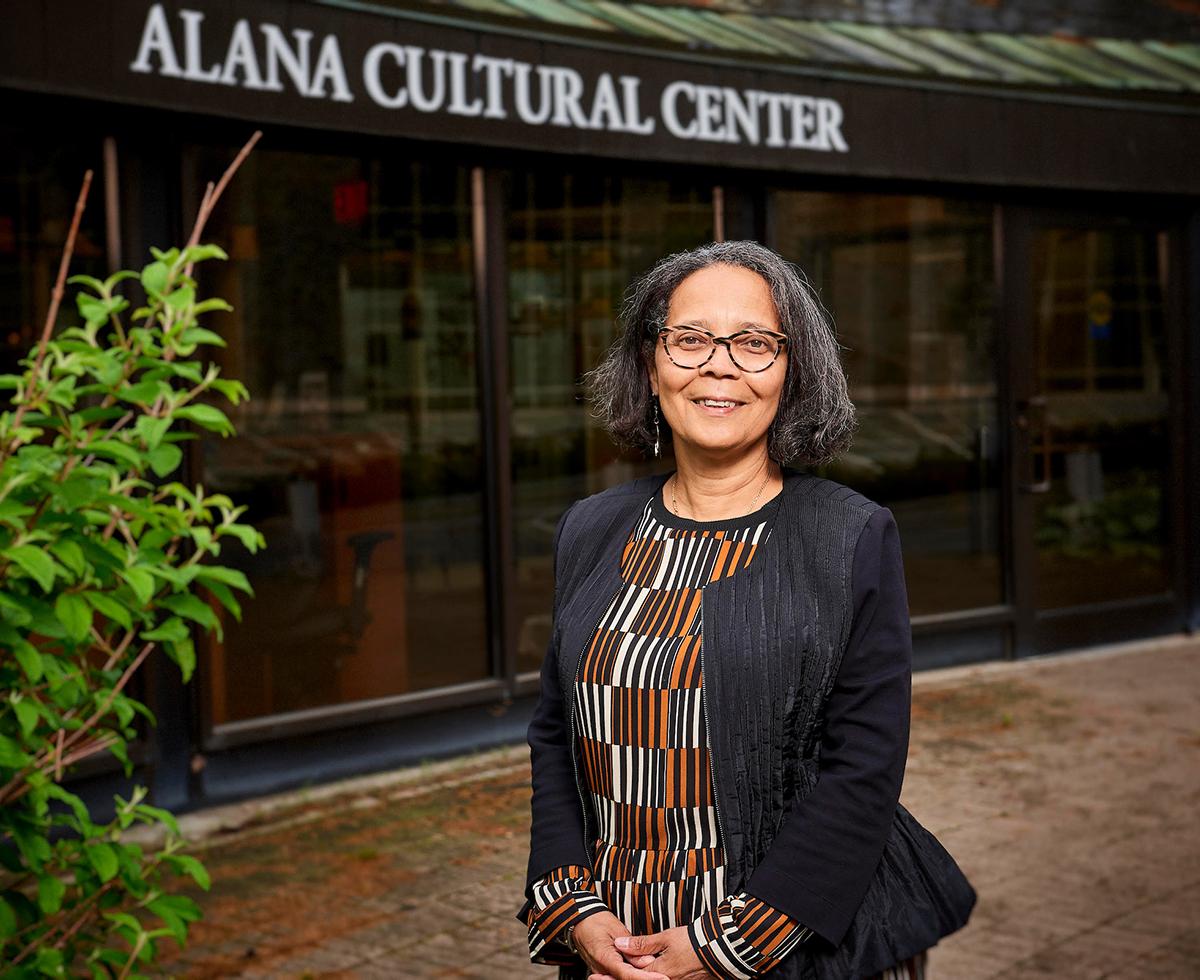
Diane Ciccone ’74, P’10 was one of the first 132 women to enroll at Colgate. She is also a founding member of Colgate’s Alumni of Color organization, a former member of the alumni council, and a former member of the Colgate Board of Trustees. She is a frequent volunteer and student adviser, created a fund to support the ALANA Cultural Center, and has received the Maroon Citation and the William Brian Little ’64 Award for Distinguished Service.
The Ciccone Commons Crest
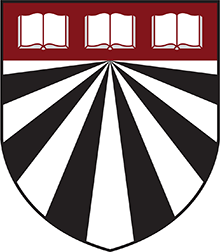
Vivid, bold beams of light cut through darkness, creating 13 rays that suggest Diane Ciccone’s revealing and enlightening work, both as an author and attorney. A series of open books, spanning the top of the crest, represents her personal history, academic journey, and shared wisdom.
Dart Colegrove Commons
About Mabel Dart Colegrove
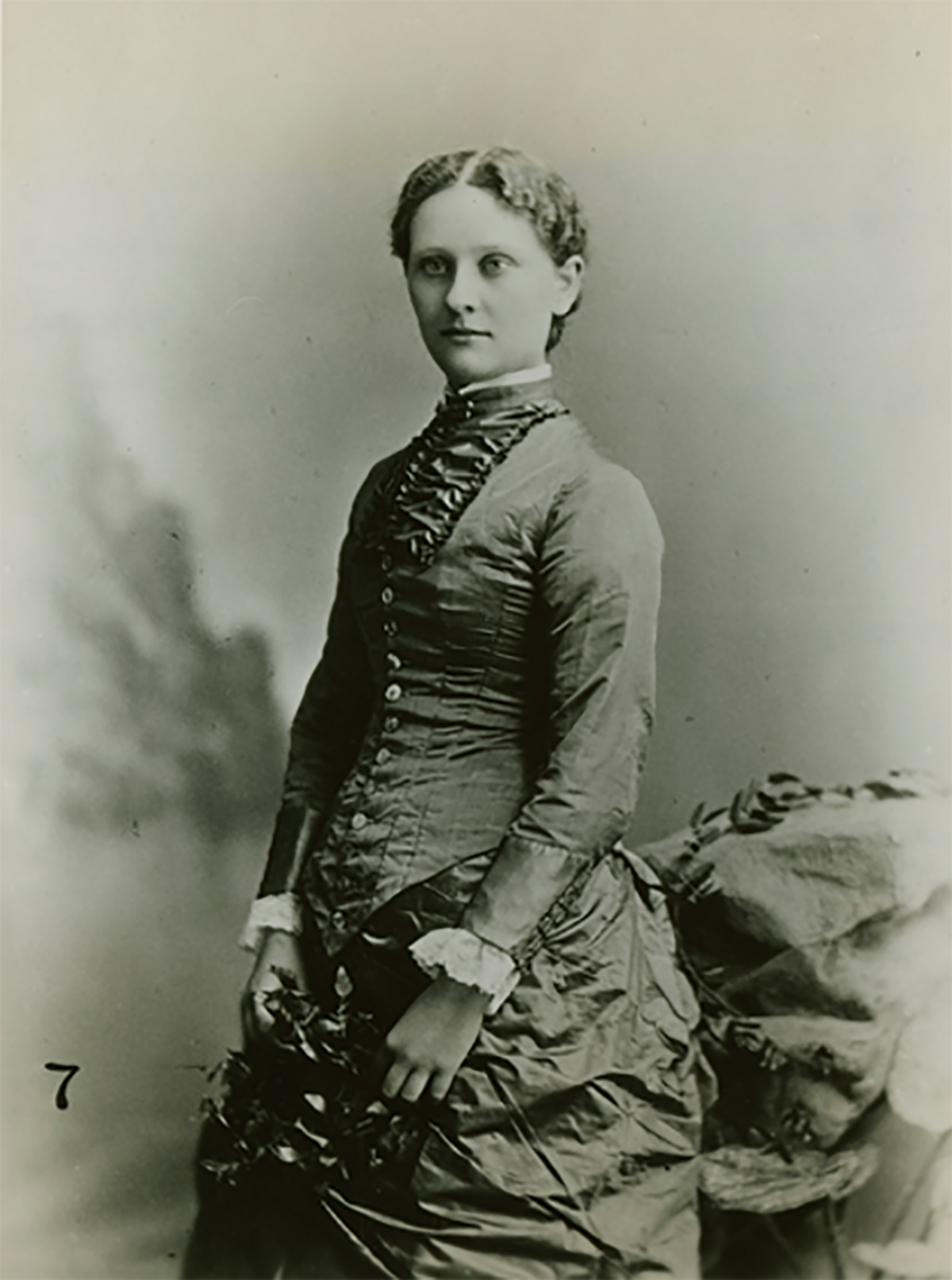
Mabel Dart Colegrove attended Madison University (now Colgate) with the Class of 1882. Daughter of the Hamilton orchard farmers (Dart Orchard) who ran Colgate's Boarding Hall, she was accepted to Madison/Colgate at age 14 after passing a "long and searching" entrance exam to assuage the concerns of skeptical professors. Colegrove was especially strong in languages. After seven successful semesters at Colgate, she was compelled to transfer and graduate from Vassar. After graduation, she became a teacher and librarian, and, at the end of her life, was officially recognized as the first Colgate alumna in June 1947.
The Dart Colegrove Commons Crest
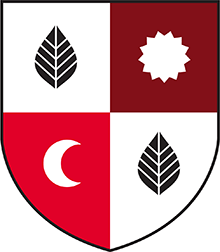
Leaves in the upper left and bottom right quadrants of the crest symbolize Mabel Dart Colegrove’s growth from farmer’s daughter to scholar, teacher, and librarian. The sun and moon represent day and night — guiding lights that endure, like the strength and perseverance she showed in overcoming adversity.
Read more about living and learning in Dart Colegrove Commons
Hancock Commons
About Gordon Blaine Hancock ’19,’20, H’69
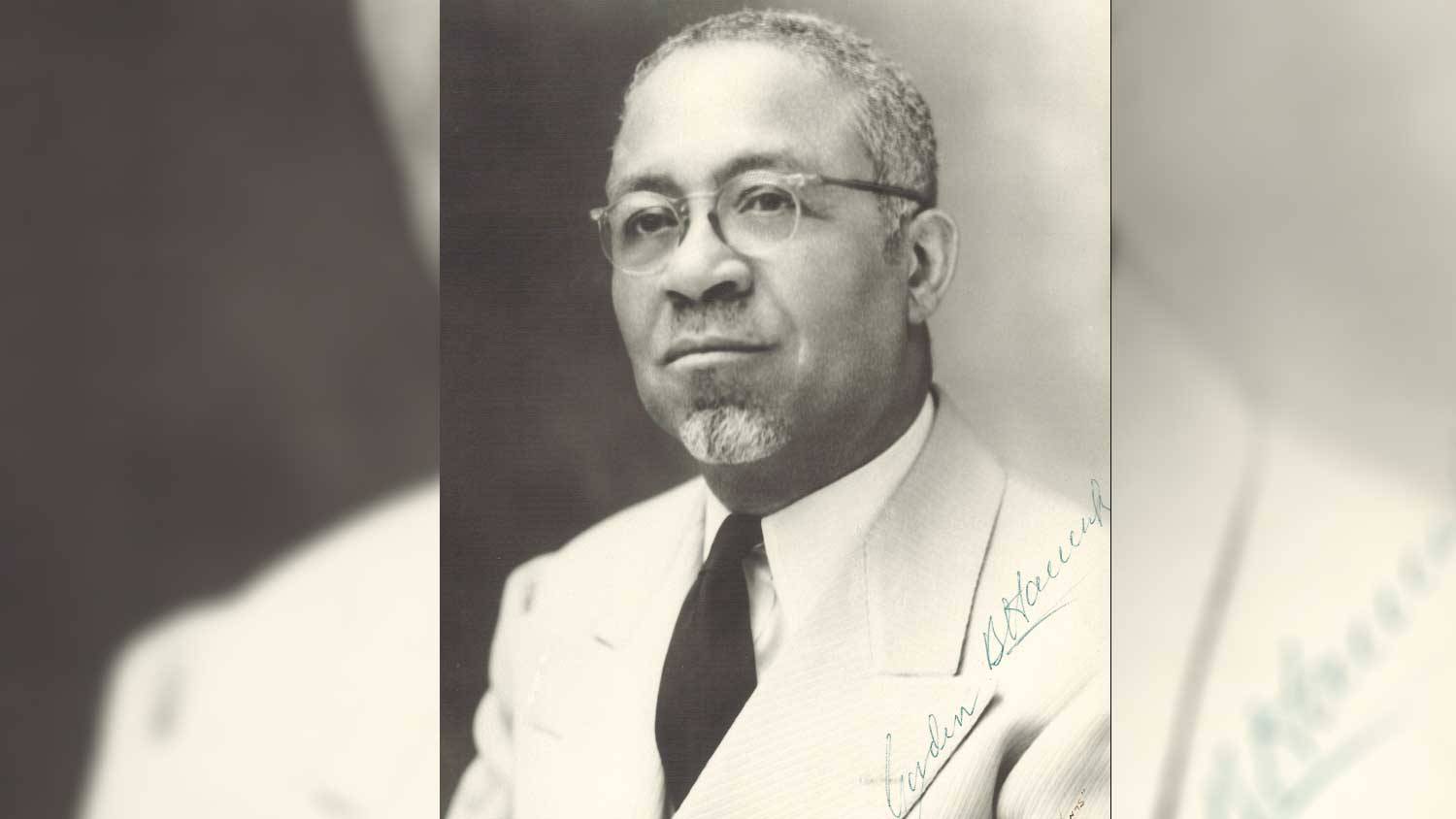
Gordon Blaine Hancock was a graduate of the Class of 1919, Colgate seminary 1920, and received a Colgate honorary degree in 1969. He also received an AM in Sociology from Harvard.
Hancock went on to be a sociology professor at Virginia Union University, where he is credited as teaching the first-ever academic course on race relations in 1922, and where he organized VUU’s school of race relations in 1931. He was also pastor of Moore Street Baptist church in Richmond, and a leading spokesman for African American equality in the generation before the civil rights movement.
In other endeavors, Hancock authored a long-running syndicated newspaper column, “Between the Lines,” which appeared in 114 newspapers, and was co-founder of the Southern Regional Council, a lauded 1940's civil rights organization.
As an alumnus, Hancock vocally pushed Colgate to return to accepting African-American students during the years when President Cutten did not accept any.
The Hancock Commons Crest
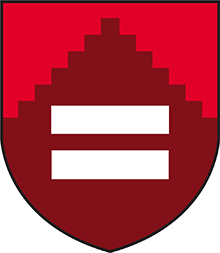
Large parallel bars, centered in the crest, symbolize Gordon Blaine Hancock’s lifelong commitment to equality and civil rights. Steps that ascend to the top of the crest represent his unrelenting climb to educate himself and to improve humanity.